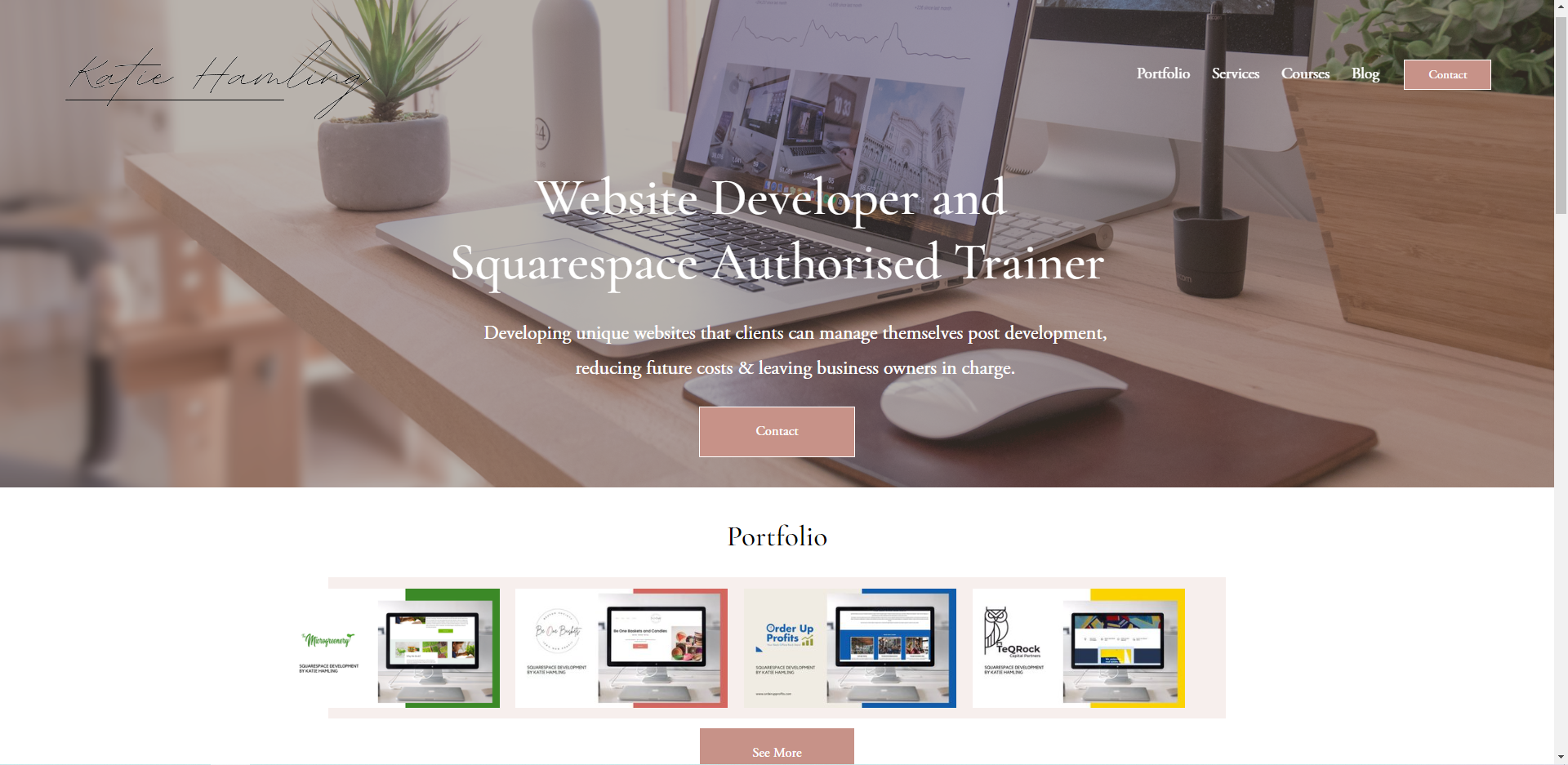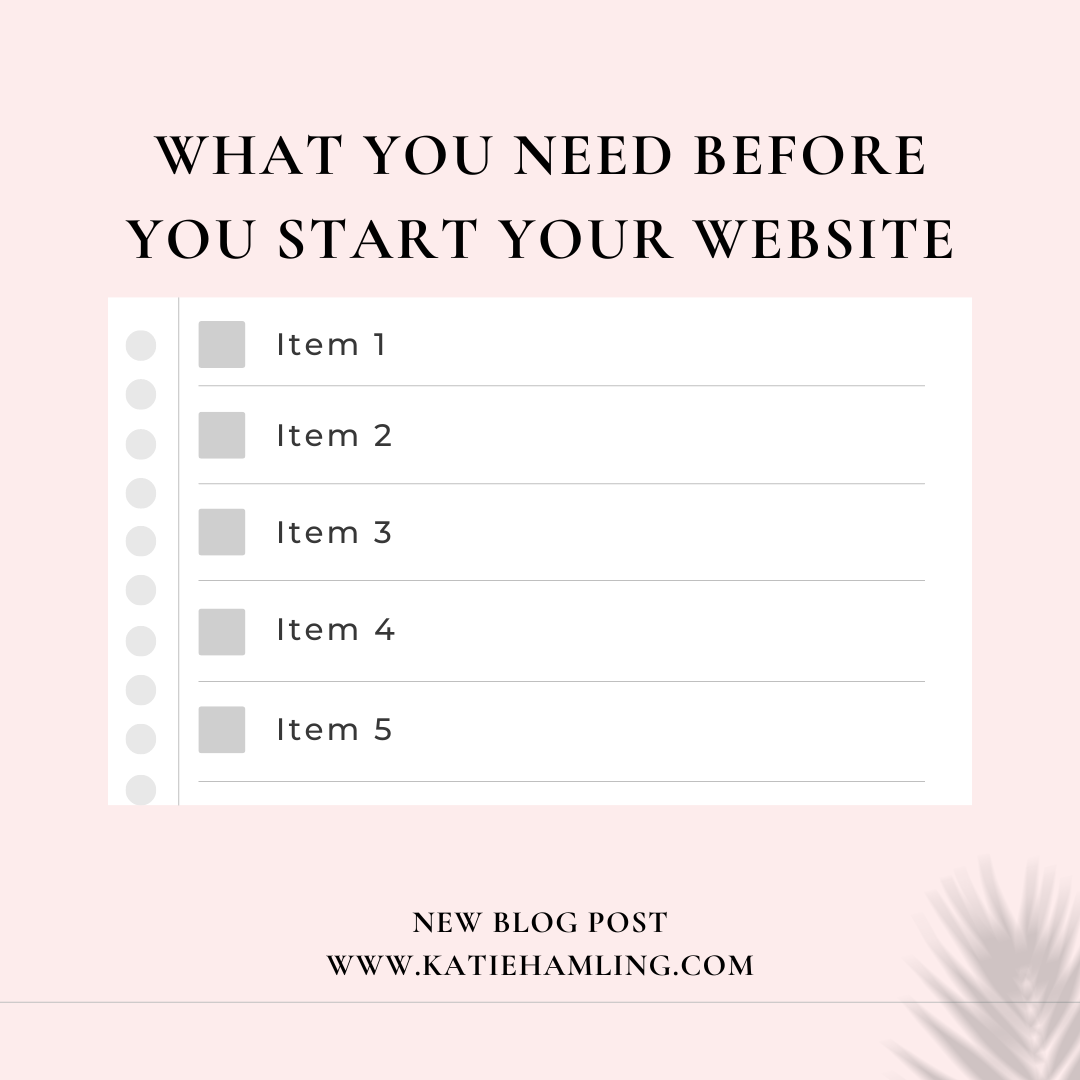User Journeys through your website
What?
A user journey is a map of the steps, or touch points, your users take to reach their goal on your website. The target is to make this goal achievable in as few steps as possible. In order to create a successful user journey it’s important to understand your website from your visitors point of view and try and think how they think.
A user journey is a UX tool that allows us to see what the user wants from your website and how they are to achieve it. You can create a current user journey, going through the steps the visitor has to take in order to achieve the end goal, and an ideal user journey which further reduces these steps and gets them to the end goal as efficiently as possible.
Why?
You want your website to work for you. It’s great having a website that looks good but if it isn’t achieving it’s main purpose, what’s the point? From studying user patterns and behaviours it’s clear to see that most website users are lazy; they want to achieve the task at hand as quickly as possible and if you make them work too hard for it, they are more than likely going to click off your website and go somewhere else.
If I take my website for example, my primary goal is for people to hire me for work. I know where the majority of my users come from (thanks to analytics) and so I know that by that point, they’re already aware of what I do and my website is there to build a sense of trust with them. By developing a user journey I can see that the user is taken from my home page to my portfolio in one click (not even a scroll is needed), which is ideal as it means I’m not expecting work from my visitors.
How?
Study your analytics, where are your users coming from, what are they doing on your site and where are they leaving it?
With your visitor in mind and the goal you want them to achieve, go onto your site with fresh eyes (better still, get someone else to and record their journey). How quickly can they find the end goal? How many steps does it take them to achieve this? Are they dropping off before they’ve got to this point?
When developing my website I knew the majority of visitors would want to see previous client work I’ve completed which is why I put a link to my portfolio at the top, most of my visitors will click here, then go through the client work before clicking on the contact form to send me a message (or exiting the site to reply to me via email or social media).
If your goal is to get your visitor to buy from you, how hard is it for them to do that? Are they shown a ‘shop now’ button instantly? Can they easily see your products? Then think about the potential problems they may have…is your delivery/returns information where they would expect to find it in the footer? Can they see a ‘contact me’ link where they would expect to (top right)?
Another important part of user journeys is implementing emotions. What I mean by this is understanding how your user is feeling at each point of their journey so that you can take away some of their stresses and make the journey even more seamless. If you know your user will feel uneasy at the point of paying, make this as familiar as possible for them, show them a PayPal button so they can purchase with confidence for example.
Summary
User journeys are a fantastic design tool when building your website but they’re also worth doing periodically as your website evolves. Remember, you want the journey to be as painless as possible for your users, don’t give them a reason to leave your site before completing the desired goal.








